Break the Ice at Easter Dinner With These 20 Festive Easter Trivia Facts

Easter — along with all of its decorative eggs, delicious ham dinner and cheerful baskets — is hopping down the bunny trail quicker than the legendary speedy hare. This year, the Christian holiday will fall on March 31st so mark that calendar if you haven't already. While the central story of Jesus' death and resurrection is likely familiar to those who celebrate, there's a lot of us who might not know about the unique traditions and meaningful symbolism that surrounds this special Sunday. Like Christmas and, to some extent, St. Patrick's Day and Valentine's Day, a day that started off as a solely religious observation has taken on tons of secular meaning, so plenty of people who aren't regular churchgoers enjoy other aspects of the festivities as well. Between the adorable bunny rabbits, spring-forward decorations and copious amounts of chocolate, the celebration has evolved over the years with a whole host of customs both new and old.
Before you sit down for a delicious brunch or gather the kids for some fun Easter crafts, take a moment to learn about this holiday's rich background, including its special foods, quirky superstitions and symbols. Maybe they'll even make great fodder for conversation, insightful Instagram captions or even factoid card tucked into the Easter baskets to give them a little something extra this year. However you use them, this Easter trivia will impress your family and friends with the little-known origins behind some of your favorite traditions.
Easter baskets have special symbolism.
The woven treat containers represent birds' nests and new life, especially when filled to the brim with eggs. Plus, they're a pretty utilitarian way to gather those goodies on your Easter egg hunt.
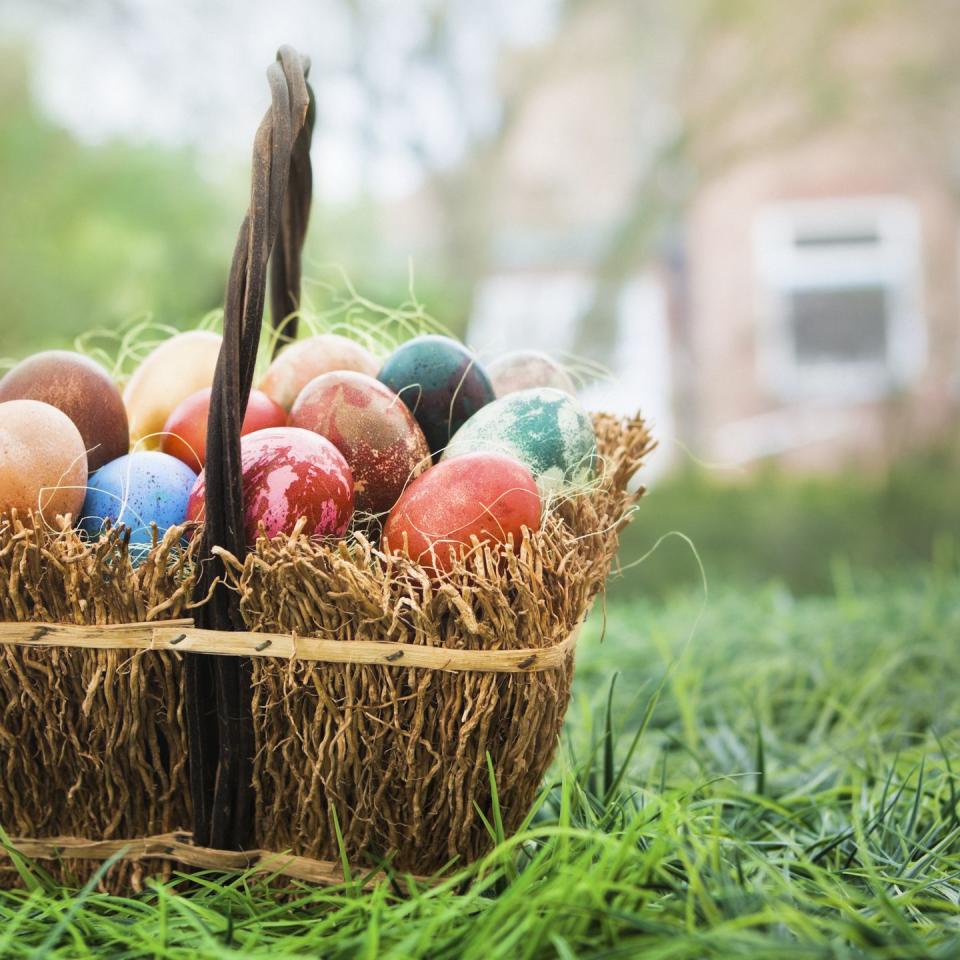
There's a reason you probably eat ham for Easter dinner.
Historically, most early Easter celebrants would have eaten lamb for this special occasion since the holiday has its roots in Jewish Passover. But these days, many American Easter dinners now feature ham instead, because of the timing of the holiday. Years ago, hams cured over the winter months would have been ready to serve in the early spring.
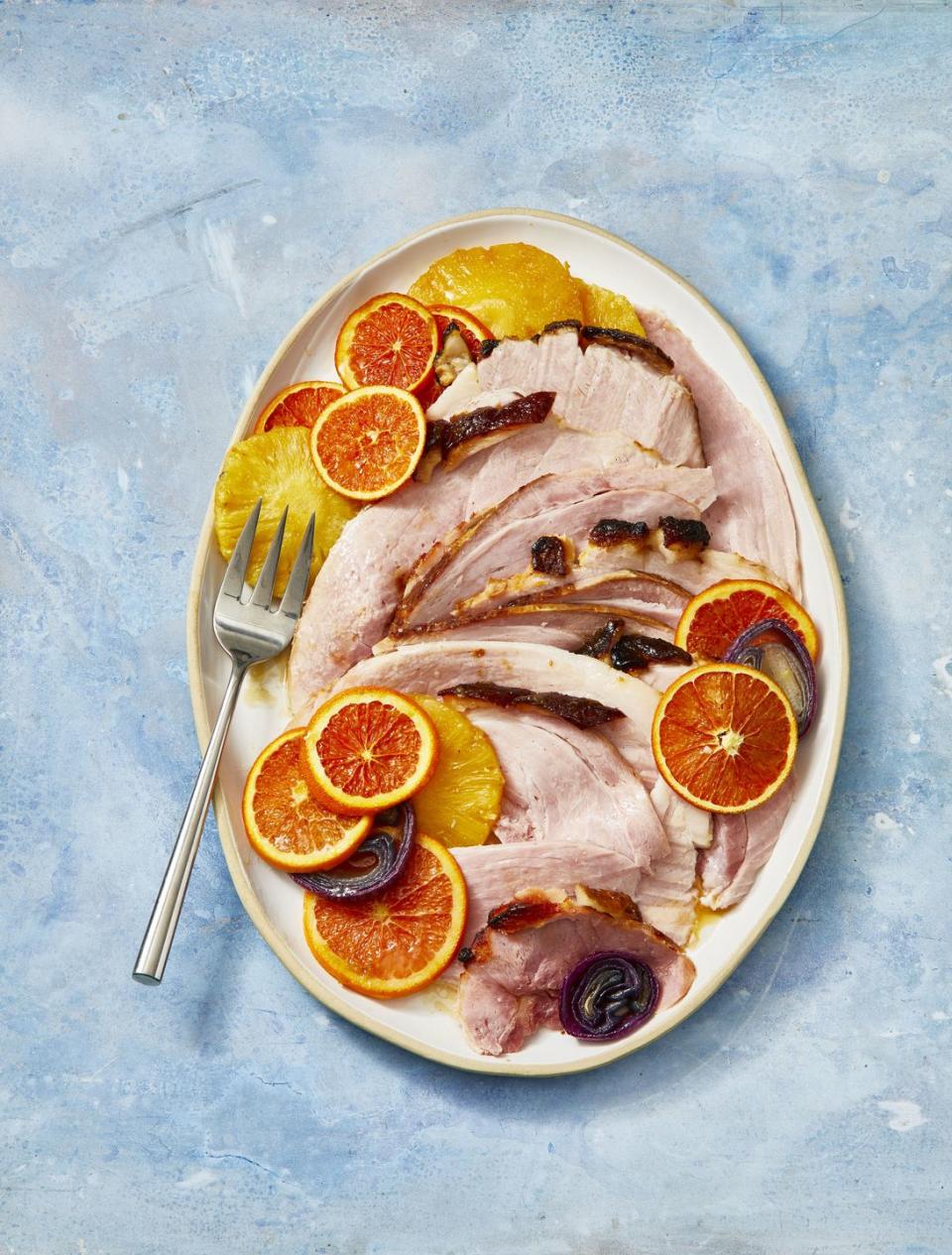
Easter lilies are a relatively new tradition.
These beautiful blooms first originated in Japan and arrived in England in the late 18th century. The United States only caught onto the trend after World War I. The transition from dormant bulbs to delicate flowers brings to mind hope and rebirth, two important themes of the Easter celebration.
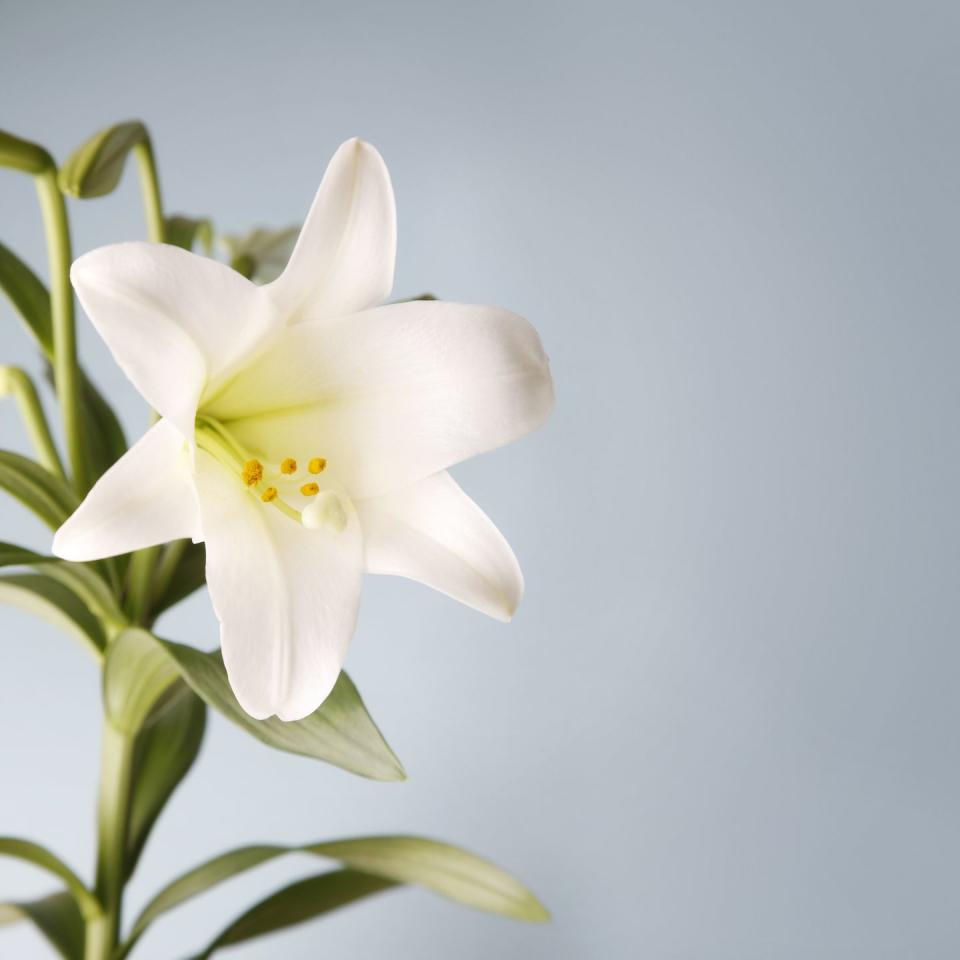
Easter eggs have medieval origins.
Think Easter egg hunts are a strange tradition? Listen to this medieval game children's game: A priest would give one of the choir boys a hard boiled egg, and the boys would pass it amongst themselves until the clock struck midnight, when whoever was holding it got to eat it. We hope they at least got some salt and pepper to go with it.
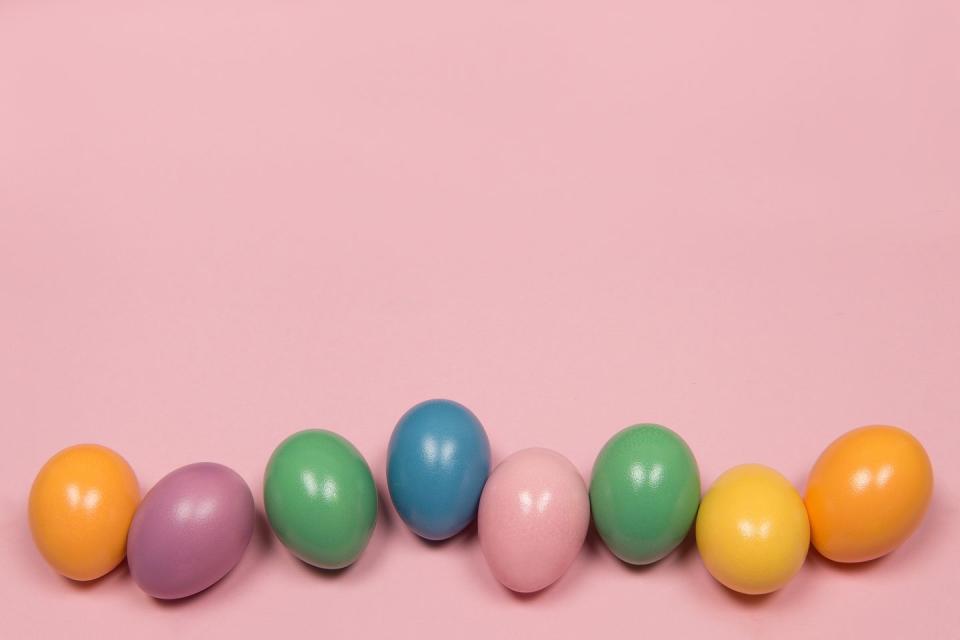
Easter clothes used to be considered good luck.
Old superstition held that if you wore new clothes on Easter, you would have good luck for the rest of the year. In fact, it was so widely believed that upper-class New Yorkers would literally strut their stuff coming out of attending Easter mass at well-heeled midtown churches. This tradition become the basis of the modern, and decidedly less elitist, Easter Parade and Easter Bonnet Festival in New York.
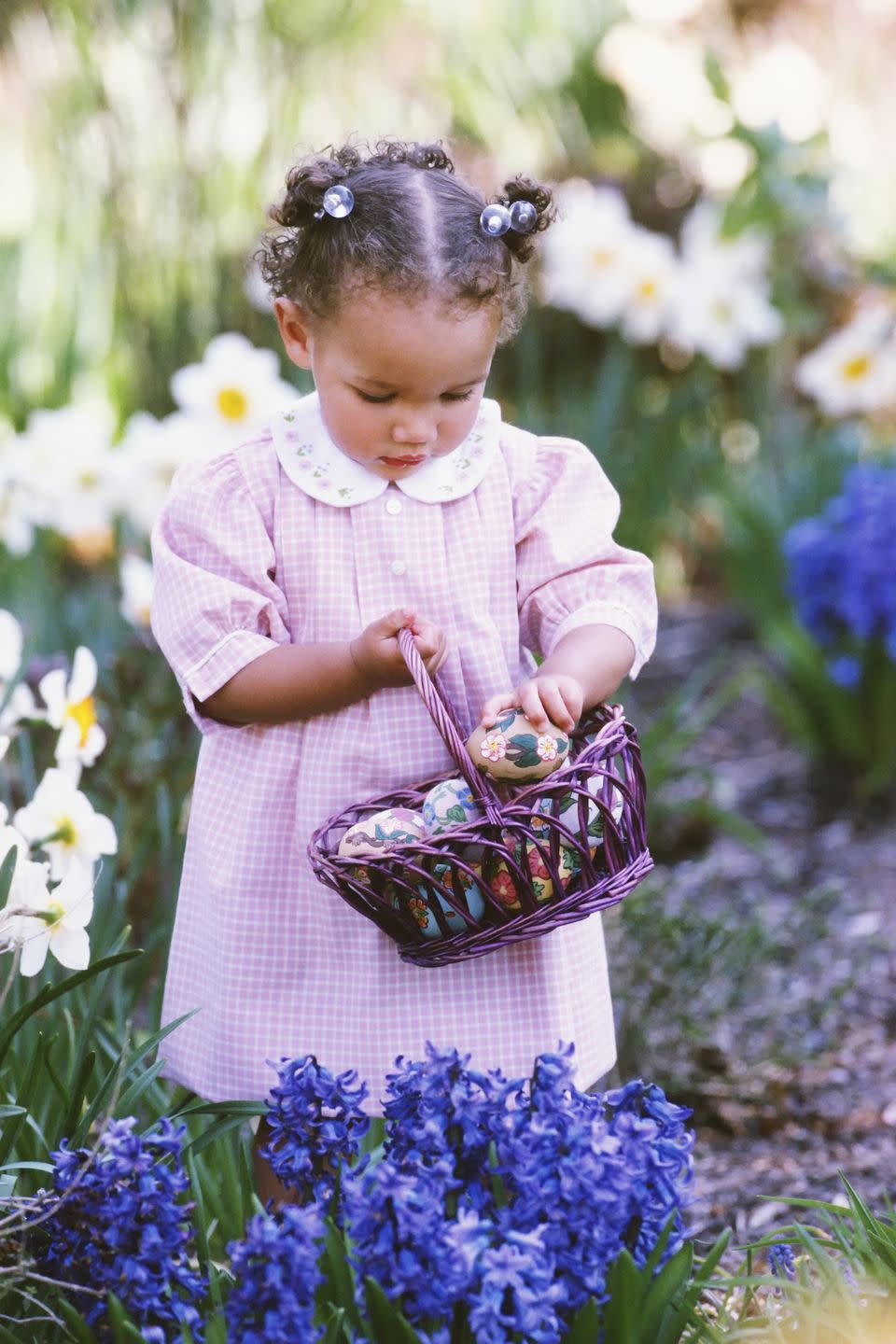
Easter eggs date back way before Easter.
There's evidence showing that Easter eggs originated from Medieval Europe and Christians may not have actually been the ones to start the tradition of giving eggs. They're a symbol of fertility and rebirth in many cultures around the world.
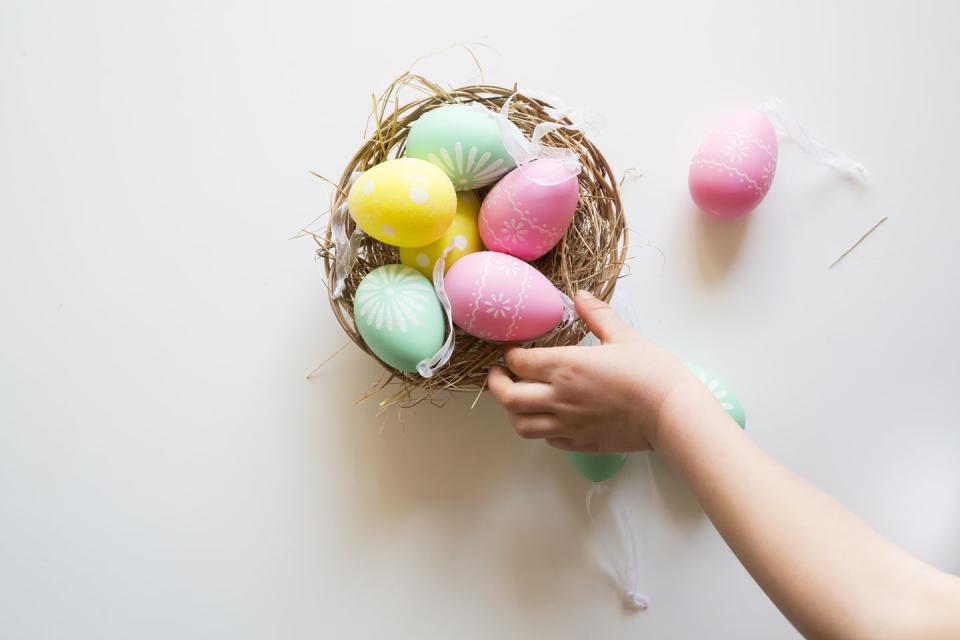
The holiday was named after the Anglo-Saxon goddess Eostre.
Scholars believe that Easter was named after a festival celebrating Eostre and the coming of spring. Her sacred symbols are thought to have been the hare and the egg, which is why they fetaure prominently in Easter symbolism too.
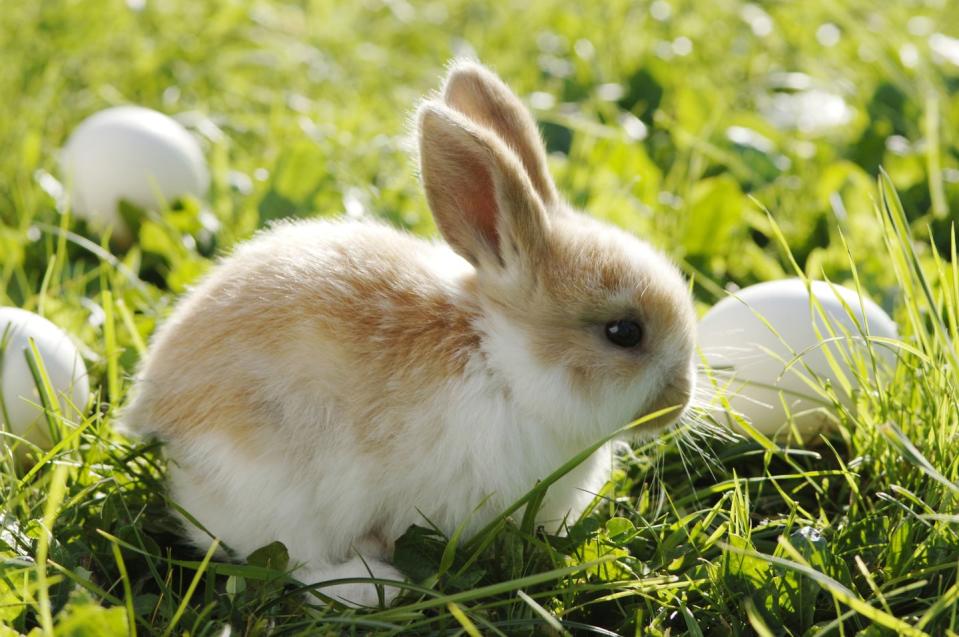
Eggs are dyed to represent the blood of Jesus Christ.
Well, at least that might be one of the reasons, which stems from early Christians in Mesopotamia. There isn't a concrete reason behind the tradition, but that's one of the theories. They also look pretty — and kids might be more likely to eat a dyed hard-boiled egg than a plain one!
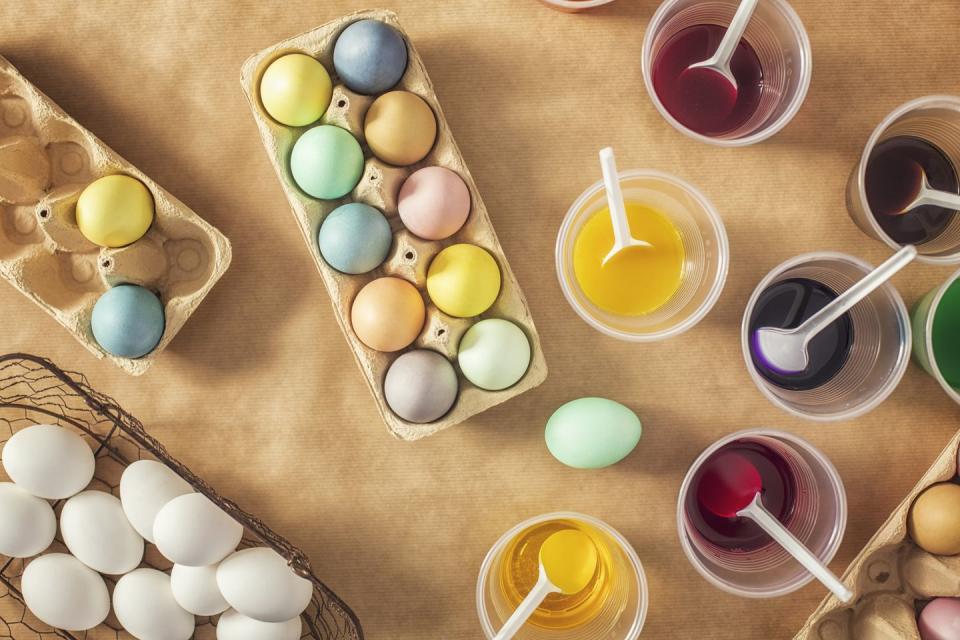
Good Friday is recognized as a holiday in only 12 states.
Occurring two days before Easter Sunday, Good Friday commemorates Jesus Christ's crucifixion, but it isn't a federal holiday. Only certain states officially observe it, include New Jersey, North Carolina and Tennessee.

In 2020, 77% of American adults celebrated the holiday.
About half of those chose to mark the occasion with holiday meal, and a third decided to visit family and friends virtually, according to the National Retail Federation. This year, many more people are probably putting on their Easter bonnet for IRL festivities.
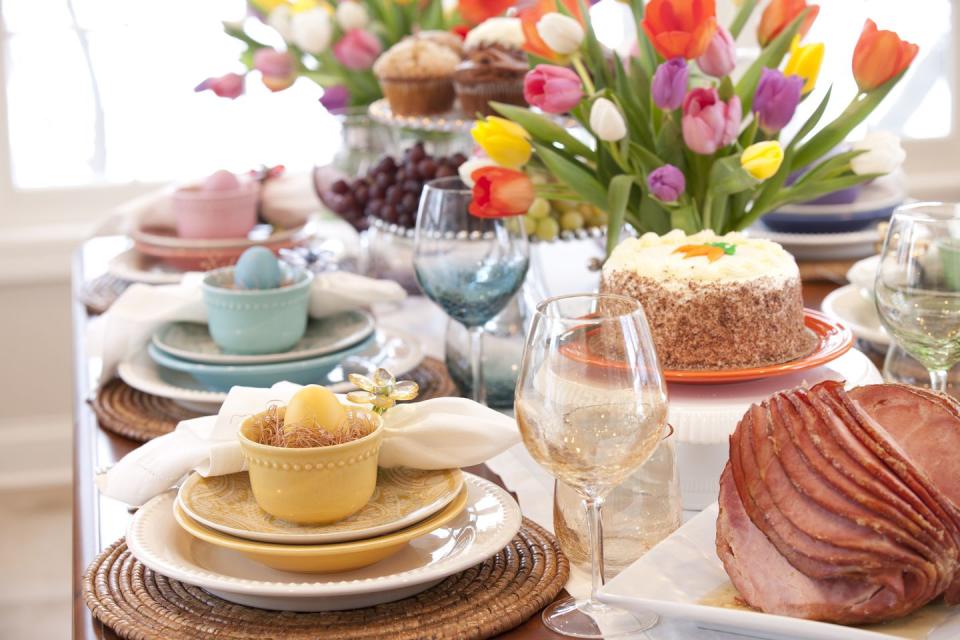
We can thank Germany for the bunny.
The idea of the Easter bunny delivering candy and eggs originated in Germany during the Middle Ages, with the first written mention of this tradition dating back to the 16th century. Dutch settlers in Pennsylvania brought the bunny to the United States in the 1700s and the rest is delicious history.
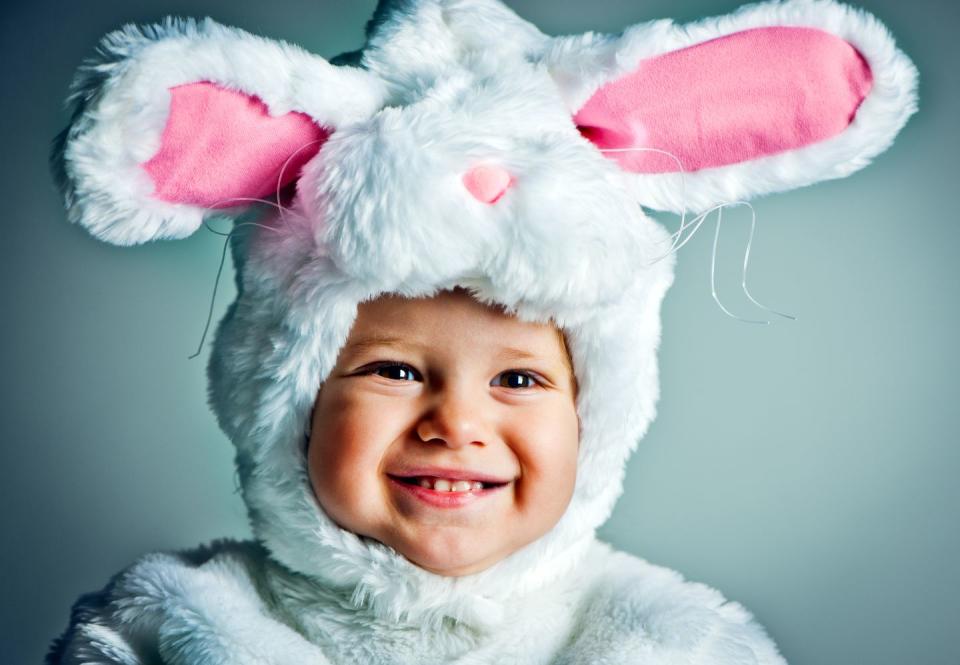
Easter and Halloween compete for the highest candy sales.
The two holidays go head-to-head for the most candy sales every year. In fact, some years people buy more candy the week before Easter than the week before Halloween, but that's because Halloween purchases are more spread out over the month leading up to the spooky night.
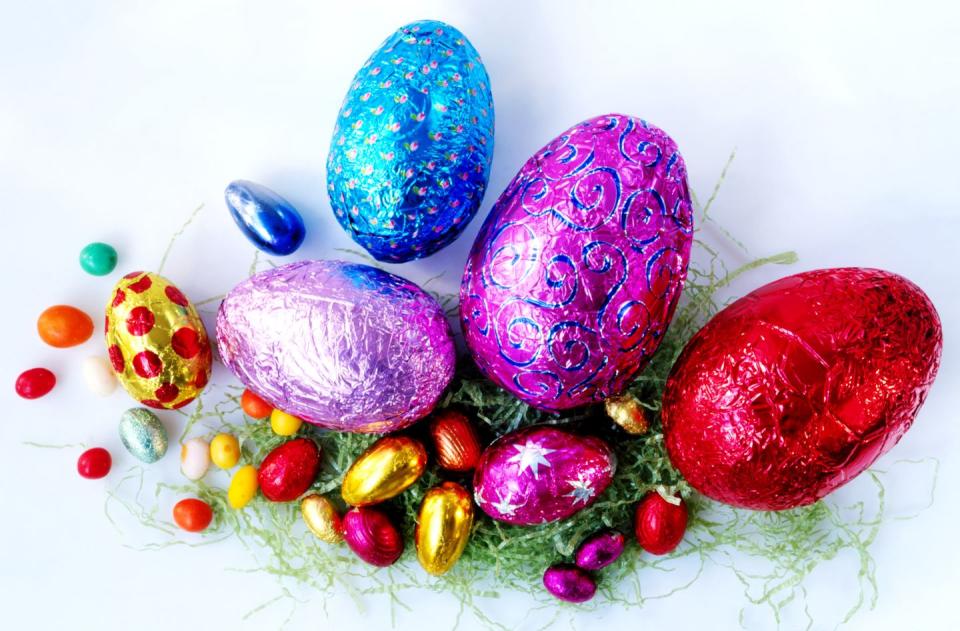
Americans eat about 1.5 million Peeps during Easter.
That makes these colorful marshmallows the most popular non-chocolate Easter candy. The Bethlehem, Pennsylvania, factory makes an impressive 5.5 million a day. Try dipping yours in melting chocolate this year for an even tastier treat.
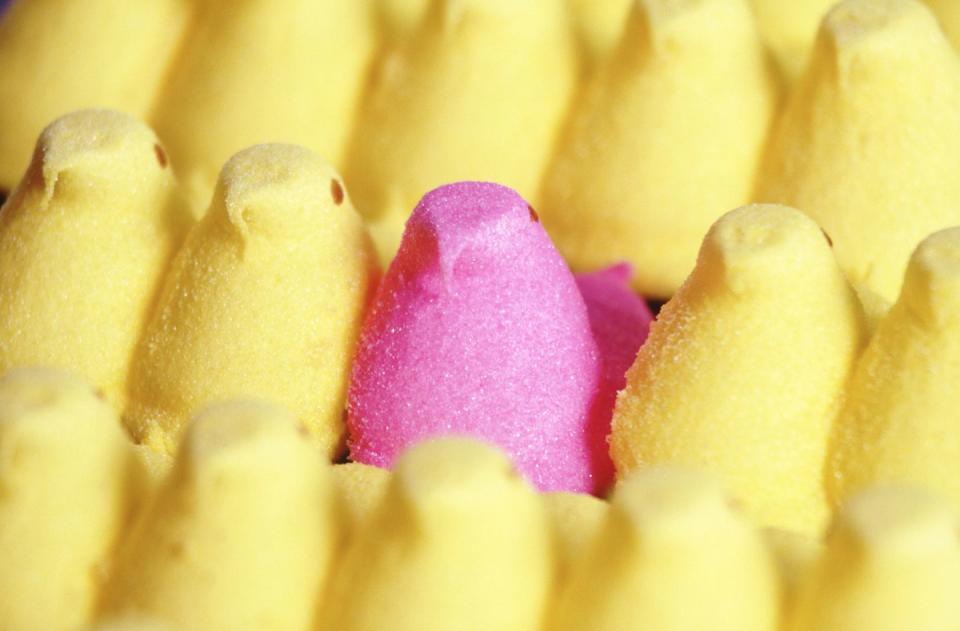
In 1953, it took 27 hours to make one Peep.
That's back when they were still new to the world and were handmade with a pastry tube. But don't worry, it now takes just six minutes, thanks to a unique machine called The Depositor that creates the unique and instantly recognizable shape.
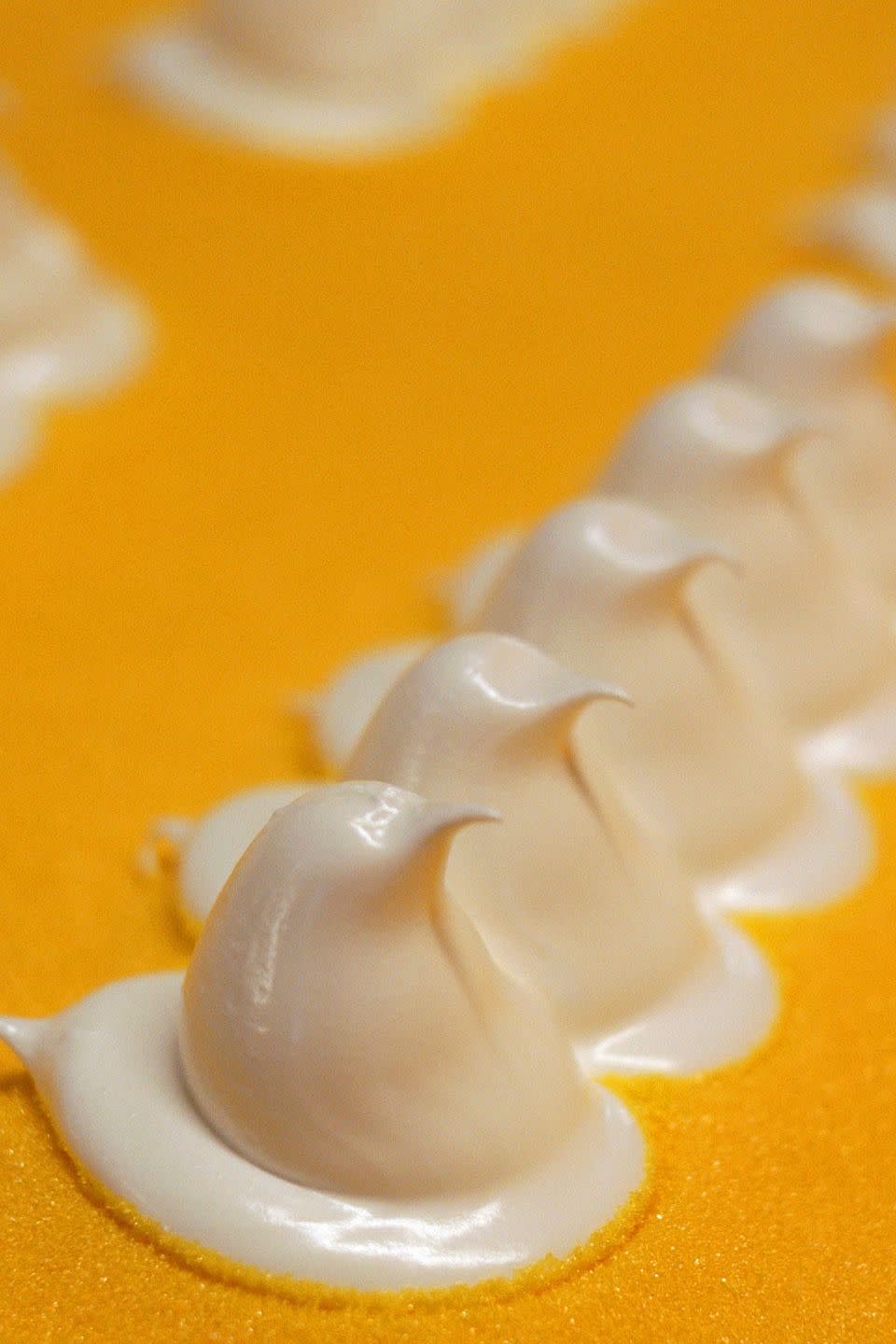
More than 1.5 Million Cadbury Creme Eggs are made every day.
Even more impressive is that the Bournville factory in Birmingham, England, churns out 500 million of the cream-filled eggs every year. If you piled all those eggs on top of each other, they'd create a tower that's taller than Mt. Everest. Talk about an epic egg hunt.
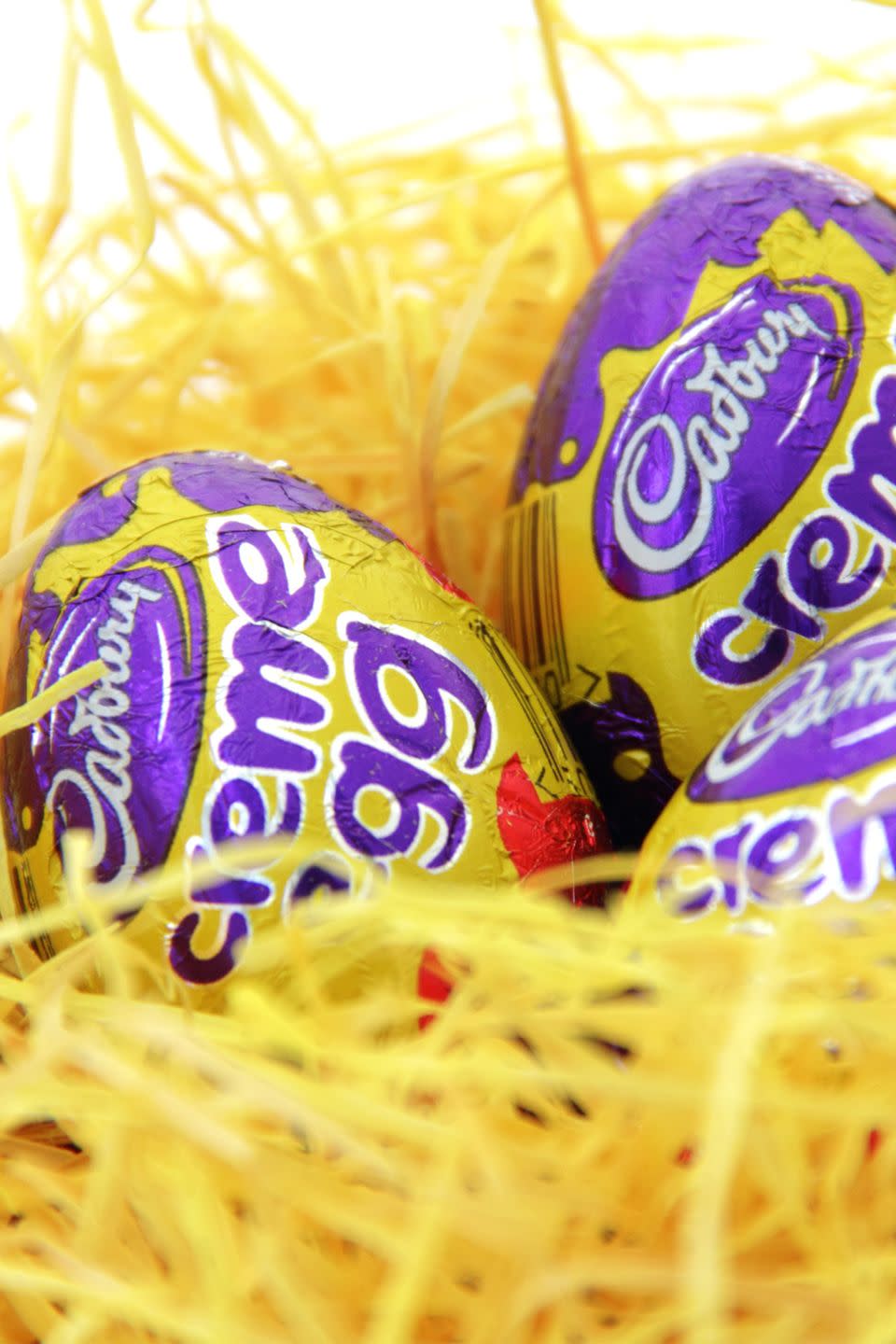
Americans consume over 16 million jelly beans during Easter.
That's enough jelly beans to circle the globe not once, not twice, but three times — or to fill a plastic egg the size of a nine-story building. First introduced as an Easter treat in the 1930s, we can't imagine this day without them.
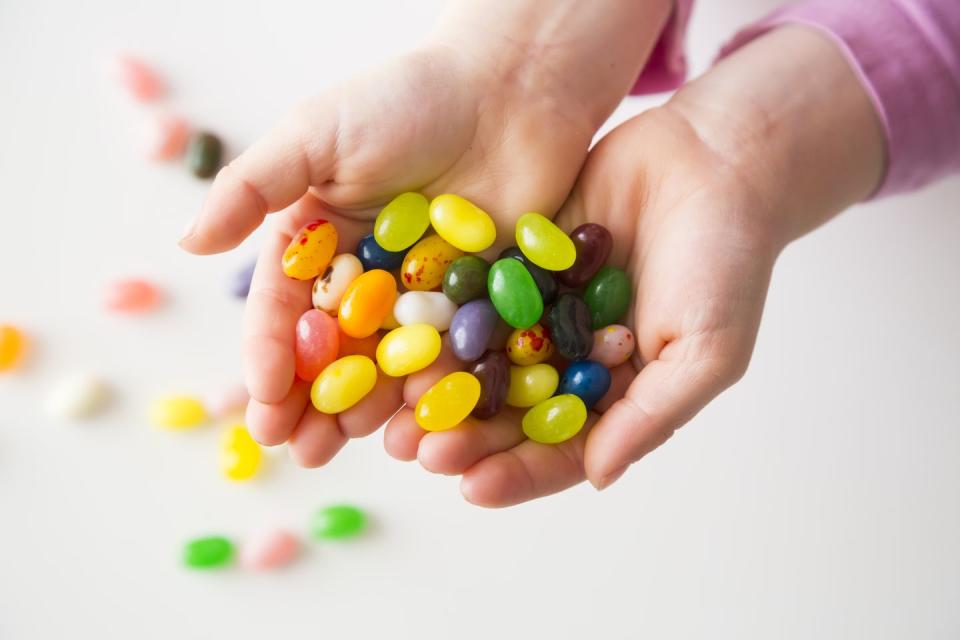
Around 90 million chocolate bunnies are sold for Easter.
Considering $2.6 billion is spent on candy alone during this religious and secular spring celebration, it makes sense. Oh, and that's only in the United States. We bet most of those people have opinions on whether to devour theirs tail or ears first.
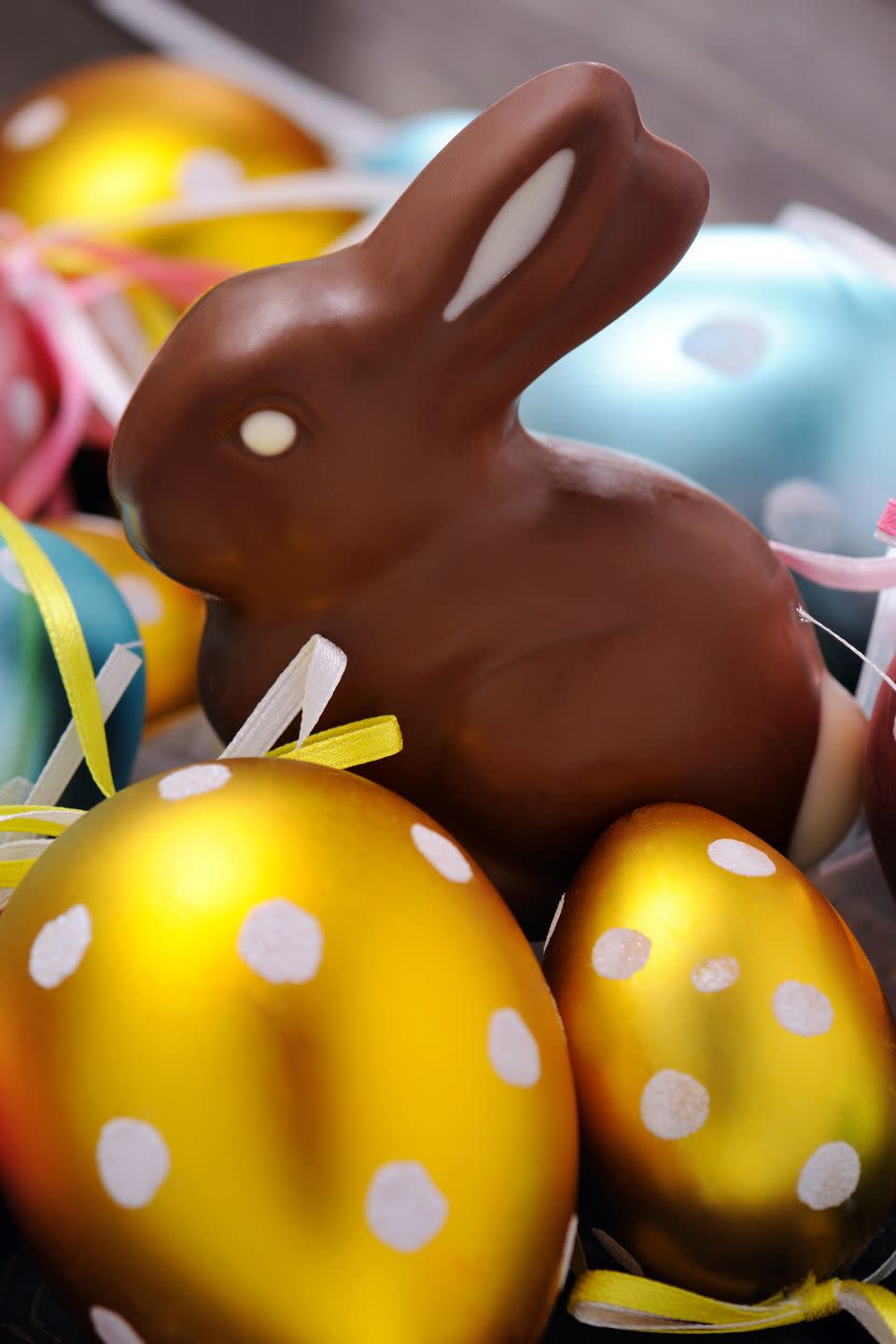
A surprising 59% of people eat the ears first.
Only a handful start with the feet or tail, and the rest apparently don't have a plan of action. If that's you, consider this your inspiration to give it a little thought before cracking into yours (or the kids').
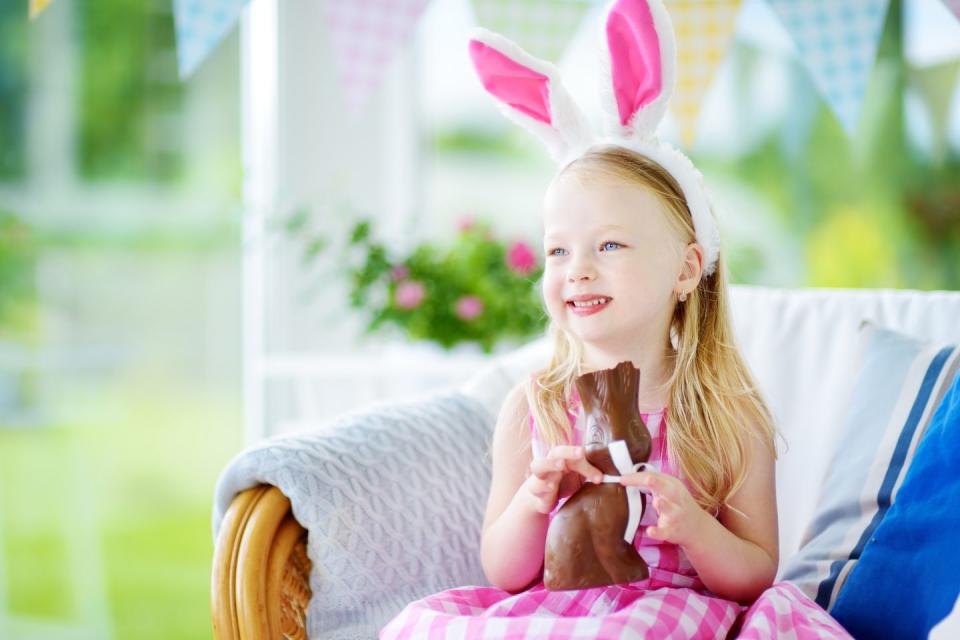
The White House Easter Egg Roll tradition started in 1878.
It's said that President Rutherford B. Hayes was taking a walk when children approached him asking about a possible Easter egg roll. He loved the idea and it's been one of the cutest annual White House events ever since.
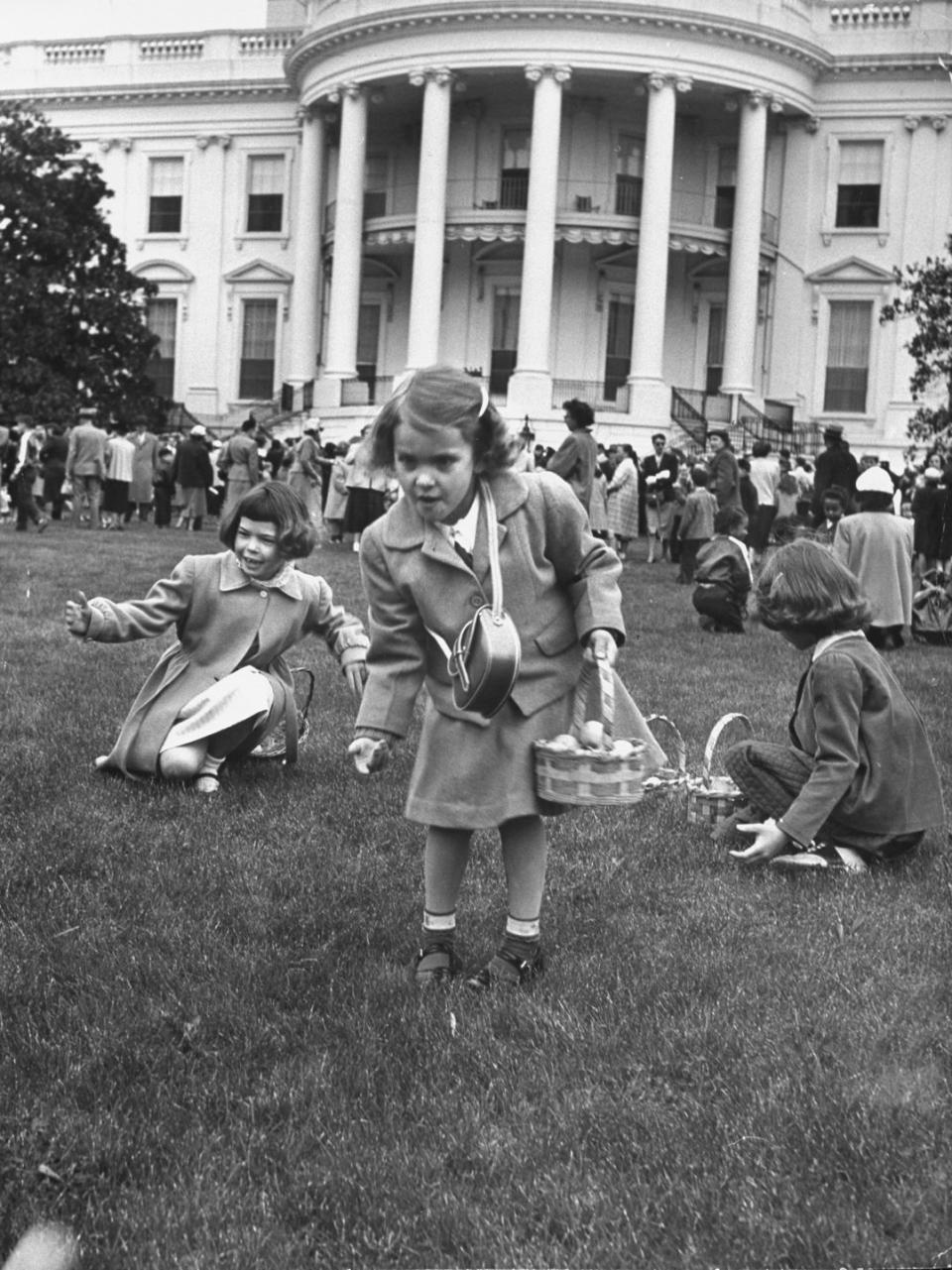
In the old days, pretzels were associated with Easter.
Why? Because the twists of this salty treat resemble arms crossing in prayer. We say it's time to bring back this savory snack to the sweets-filled holiday because life is all about balance.
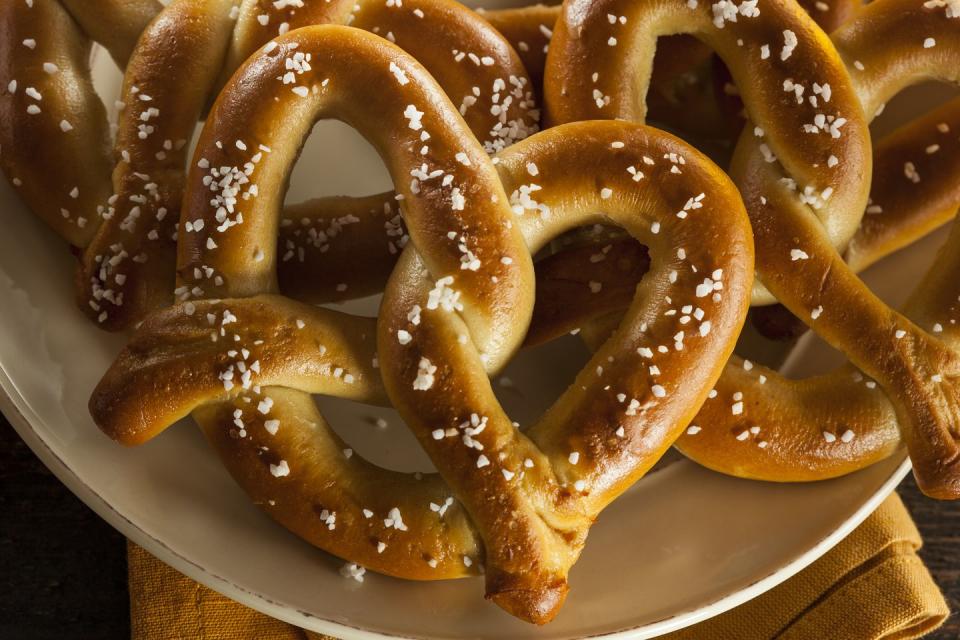
You Might Also Like

